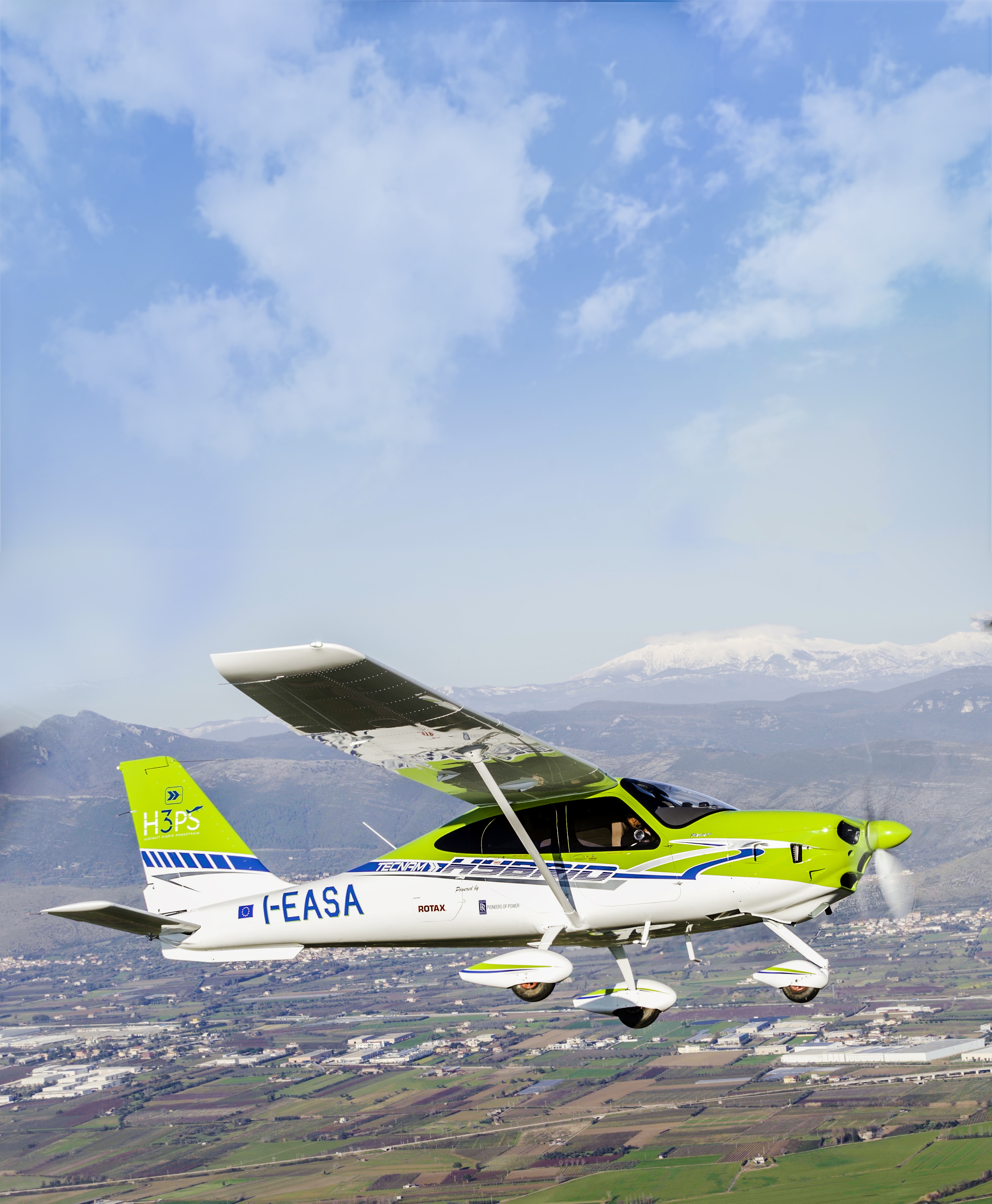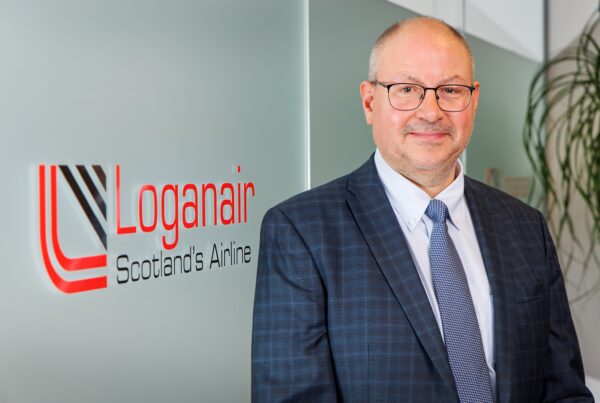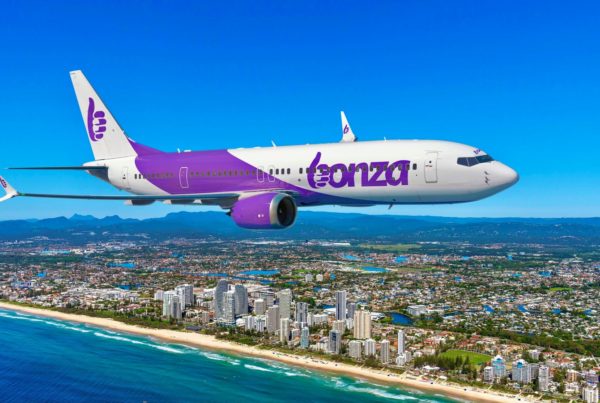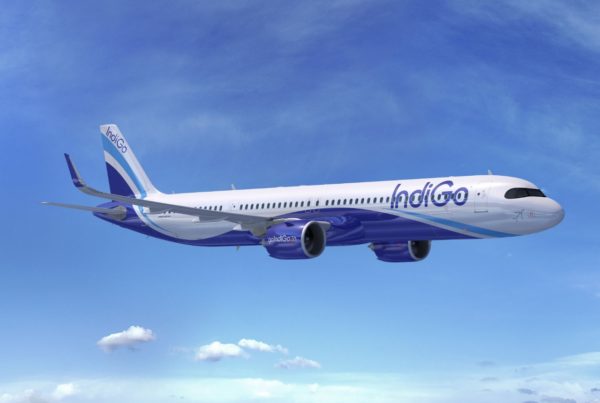Tecnam, the lead partner of one of Rolls-Royce Electrical’s projects, has announced that the Rolls-Royce hybrid-electric demonstrator aircraft had taken to the skies for the first time.
The first flight of the P2010 H3PS demonstrator powered by the world’s first integrated parallel hybrid propulsion system took place on 21 December 2021 – but the news has only just been made public.
The H3PS aircraft is an integrated parallel-hybrid electric powertrain into a modified four-seater Tecnam P2010 aircraft. H3PS stands for “High Power, High Scalability Aircraft, Hybrid Powertrain”.
The H3PS aircraft is the first flying demonstration of an integrated parallel-hybrid electric powertrain in aviation with the goal of preserving the same overall engine installation weight and, therefore, the payload.
The novel technology can help to reduce fuel consumption, while maintaining and even extending aircraft range. The project introduces advanced technology for a smaller power class that is also scalable for larger general aviation aircraft.
Rolls-Royce is responsible for the electrical part of the parallel-hybrid electric propulsion system and developed the 30kW electric machine that is a motor and a generator, electric controls, and the complete battery system.
Italian aircraft manufacturer Tecnam, the project lead, worked on the LV cable harness and the cowling and provided the Tecnam P2010 aircraft while the Austrian engine expert Rotax provided the small combustion engine.
Members of the team from Tecnam and Rotax worked extensively with Rolls-Royce on the integration and testing of the system.
The success of the project is the result of a team of specialists from Rolls-Royce, aircraft manufacturer Tecnam and engine manufacturer Rotax specialists working together as part of a joint effort to decarbonise aviation.
The project will end with a conference in Naples, Italy, on 25 March. At that time, the potential of this technology will be exploited in terms of scaleability.










